Culture
The Cooum Of Madras
Venkatesh Ramakrishnan
Aug 22, 2019, 08:22 AM | Updated Aug 21, 2019, 11:38 PM IST
Save & read from anywhere!
Bookmark stories for easy access on any device or the Swarajya app.
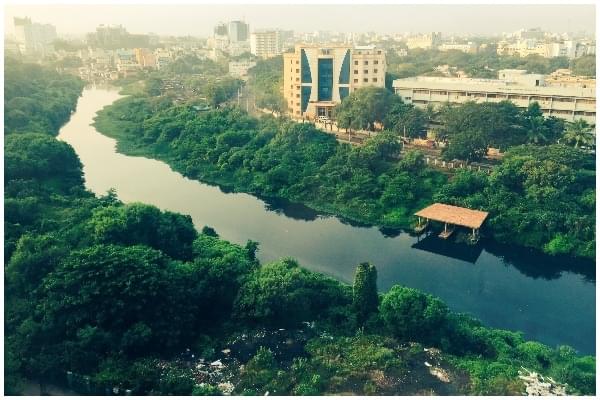
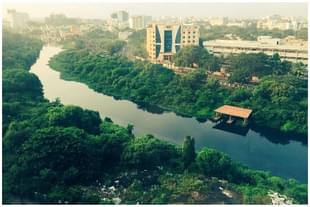
Certain visual and olfactory facets are instilled into the minds of the young. And there they remain stuck forever. So too with the Cooum. Nobody alive has seen it clean.
And hence every puddle of dirty water in Chennai is called the Cooum, though there are three distinct rivers running through Chennai and several canals with other names.
There is a constant and daily reminder too. Every afternoon, a stirring breeze from the bay, lifts the fetid odours of the river and unfurls it around the neighbourhood, thus reminding the citizens of Chennai of what a monumental mess they have made of their prime river.
The Cooum is now a cesspool but for centuries, sagas were created on its banks. Regardless of its content now, for which all the citizens of Chennai have to be embarrassed about, this river has a hoary past.
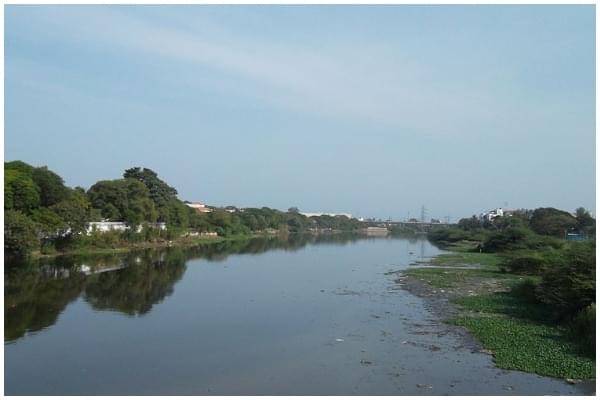
The Cooum of Madras is a short river, at only 72 kilometers from origin to sea. But mile for mile, the Cooum has more history than the Kaveri. Battlefields, temples, exiles, zoos, museums, forts and colleges dot its banks.
And it does throw up historical surprises. For instance, a Burmese Princess was born in what is currently the Children’s and Women’s Hospital, on the Cooum river bank. The last Burmese King Thibaw was on a stopover here before going on his permanent exile to Ratnagiri.
The hospital was designed not by an architect but by the chief doctor himself, who designed it in the shape of a woman’s pelvis.
Other exiles who were located on the banks of the Cooum include Tipu Sultan’s sons, exiled at Doveton House on College Road, when their father lost the Anglo-Mysore war. They were the East India Company’s insurance that Tipu would behave.
It was poetic justice for the British. Tipu had thrashed them a few years back on the same river just a few miles upstream. In the same Doveton House was exiled the Gaekwad of Baroda — Malhar Rao, who had tried to poison a British resident by offering him sherbet laced with diamond powder.
The British had firm rules. If a school boy did something naughty he ought to be spanked and put to bed. But when a king with a 21-gun salute did it, he was sent into exile to faraway Madras.
A lowly French prisoner was in a 6 x 6 feet dungeon cell on the banks of the Cooum with no one coming forth to bail him out. Bernadotte, after three years in the cell, was released and picked up by the heirless Swedish royal family to head their country and Norway. His descendants still rule Sweden.
But the river has a much older history. Much older than the colonial experience. Four temples on the banks of the Cooum are mentioned in the 7th century text of Shaivite songs, the Devaram. One of them actually calls it the river Pali.
And in one song, Rajendra Chola commands the village council to dig a canal from the river to the Shivapuram temple to provide water for the deity’s daily abhishekam.
There is a Puranic story for the river too. Shiva, the lover of rivers — Nadi-priya as he is called in literature — once stands with a bow instead of a trident. When he rested one end of the bow on the ground, a spring of water gushed out to form the river.
There are unique aspects to many temples on the banks of the Cooum river. Koyambedu has the statue of a pregnant Devi Seetha and the locality is connected by a legend to Rishi Valmiki and Kusa (Sri Rama’s son).
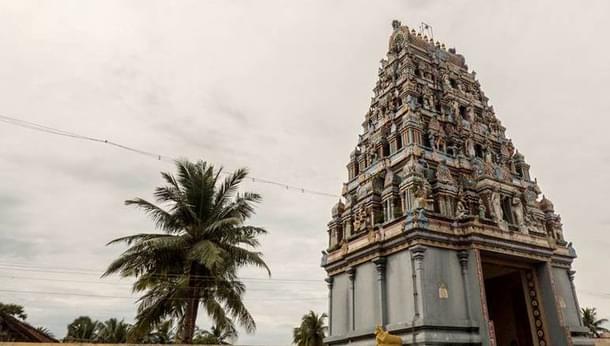
In Thiruverkadu, Shiva appears as Kalyanasundarar to Agastya Muni as he could not attend the former’s celestial wedding.
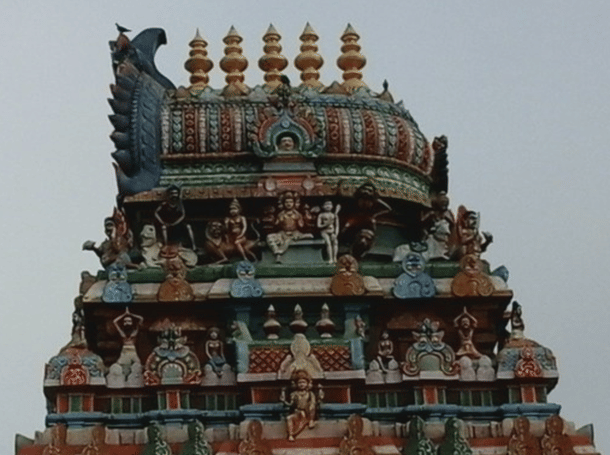
Great wars have taken place on the banks of the river Cooum. The Takkolam battlefield, at the spot where the river Cooum splits from its parent river Kosasthaliyar, saw the mighty Cholas lose their crown prince Rajaditya, when they battled against the confederation of Rastrakutas, Banas, Vaidumbas and the Western Gangas.
This assumed historical significance because the premature demise of Rajaditya pushed his brothers’ families into positions of power. And their descendants were Rajaraja and Rajendra, two of the greatest kings of India.
The Cooum river bursts into historical prominence during the Colonial times. Initially called the Triplicane river or the Poonamalee river, the name Cooum starts appearing in the early 1800 maps.
The word Cooum could be a corruption of Komaleeshwaram (an Indian settlement outside the fort) or Thiruvirkolam, an ancient temple close to the origin of the river.
The history of Madras city and its culture, to reiterate, is intertwined with that of the river Cooum. Madras, starting out as an inconsequential little seaport beside the mouth of the Cooum river, had become for the British, the catalyst in an empire-building exercise.
The British were the last of the European powers to come to the Coramandel coast. Coincidentally, most, if not all, of the previous European forts were built on the northern bank of a spot where a major river joined the sea.
The Dutch Pullicat was located north of the Korataliyar river, the Portuguese Santhome was north of the Adyar river, the Dutch Sadras was on the north of the Palar river, the French Pondicherry was on the north of the Gingee river, and the Danish Tranquebar on the northern bank of the Uppanar river.
The Cooum was the only other major river, perhaps, which had its north bank empty when the British East India Company came desperately searching for a location for its factory. Cogan and Francis Day had to choose the land between Pulicat Lake and Santhome.
They ignored a marine sand bar off Madras that would not allow ships to come closer than two kilometres to land. For a 100 years, imported elephants would be pushed into the sea to swim ashore and British Memsahibs would be carried physically for the last 100 metres into Madras.
Despite such drawbacks, Fort St. George was chosen — the protection that the Cooum river provided from both the locals and the Portuguese, who were located south of the fort, played an important role in influencing their choice.
Once established, the British treated the Cooum river as they would have the Thames. They put their best buildings on its banks. Indo-Sarcenic architecture, a fusion of Indian, British and Mughal architecture has its origins along the banks of the Cooum, from where it spread across India.
One of the first architectural competitions in the world happened here — the mandate was to design a senate house for the Madras University.
Amongst the buildings that came up on the Cooum river bank was the Victoria Public Hall, where, amidst other theatrics, even Shakespearean plays were staged in Tamil, with characters bearing the nearest Tamil names. Jwalita was Juliet and Ramanan was Romeo. Makapathi was Macbeth. And Hamlet became Amaladityan.
The Madras Museum on Pantheon Road that begins and ends with bridges on the river Cooum, was started by a surgeon who also installed, in those very grounds, a zoo — one of the oldest zoological gardens in India.
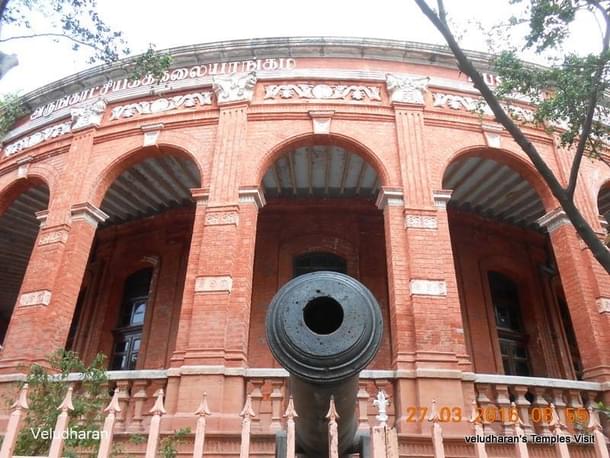
It was moved to another site, also on the banks of the Cooum because while the neighbours could tolerate the unobtrusive museum they could not tolerate an active zoo and complained of the untimely roars and the unbearable smell.
Unfortunately, all the carnivores in the new zoo were shot dead during the 2nd World War, out of fear that a Japanese bomb may fall on the zoo and set them free!
One of the earliest colleges to admit women to study medicine was also on the Cooum banks — the Madras Medical College. European women came to Madras to study medicine because European institutions did not allow them to.
The British depended on a group of local interpreters — the Dubashes (Do-Basha, two languages). The Dubashes made much more money than what mere translation could pay them.
Some like Pachaiyappa Mudaliar (who rebuilt the towering east gopuram of the Chidambaram Nataraja temple) lived in the high-end area of Pudupet on the banks of the Cooum, in which he used to take bath every day.
To curb the power of the Dubashes, the British East India Company started a college for their staff to learn the local languages of Tamil, Telugu and Urdu. Where else to locate it but on the banks of the Cooum! The governor would boat down the Cooum annually to distribute the diplomas.
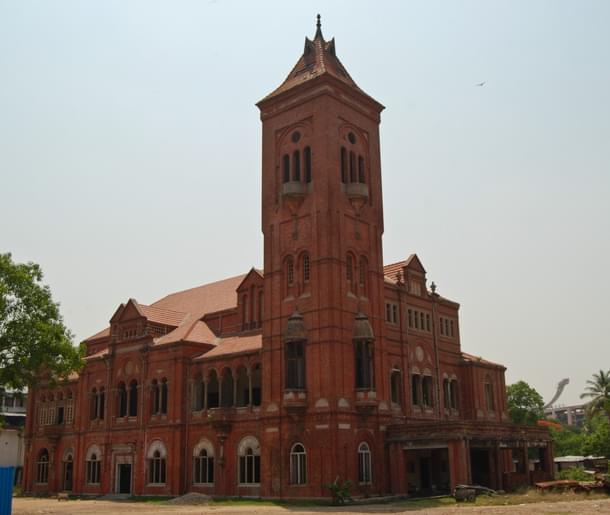
It was on the banks of the Cooum that the Thirukkural was collated and translated; it was here that the Dravidian group of languages was identified. It was here that the vaccination propaganda started when a British collector, Francis Whyte Ellis, decided to save the people from smallpox.
Ellis claimed in a Tamil poem penned in ancient style (which he had written himself) that the vaccination inoculum from the cow was actually sanctioned by ancient Indian medicine along with the Pancha Kavya.
For a land endowed with plenty of aviation legends in its Puranas with flying Devas, Asuras and Pushpak Vimanas, the first mechanical plane to fly — not only in India but all of Asia — took off from an island on the Cooum, just a few years after the Wright brothers flew their first plane. An engineer didn’t build this plane. A Mediterranean baker did.
The first Indian bus and car too were built on the banks of the Cooum. Interestingly, the first experimental railway tracks in India were laid on its banks, in Chindatripet. The carriages were pulled by bullocks. This was two decades before the Bombay–Thane engine steamed out.
The Cooum As A Border
The Vatican, while creating two distinct dioceses, used the Cooum river as the boundary between Madras and Mylapore. The churches on the eastern bank of the river were to be taken over by the Mylapore diocese and those on the western side were to form a part of the Archdiocese of Madras.
Madras had shown itself to be far removed from the instability and little influenced by the fluctuations occurring elsewhere in the country, even during the ‘Sepoy Mutiny’. But crisis was brewing with the linguistic states reorganisation after Independence.
Madras faced anxious moments when Telugu-speaking citizens demanded the Madras city as theirs and wanted it to be the capital of their future state. The city came close to being split into two along the river Cooum – the northern part assigned to Andhra Pradesh and the southern to Tamil Nadu. However, a combination of factors settled the issue in Tamil Nadu’s favour.
To Clean The Cooum
The imagination that during our forefather’s time a clean river Cooum ran from end to end is largely just that, imaginary hocus-pocus. Within the voluminous folds of the German encyclopaedia of the 1860 Meyers Konversations Lexicon, Madras is described as, “a quaint little city bisected by a dirty river called Kuvam.”
Florence Nightingale called the Cooum a “nauseating river responsible for most of the diseases in Madras.” Although she had never been to Madras, news of the Cooum’s deterioration had reached her in London.
The government panicked as a result and floated a proposal to close it near the Spur Tank Road. Thankfully, they never went ahead with that plan or we would have lost a historically significant river.
Quite frequently, in recent years, governments have been trying to clean up the river. One very optimistic scheme had the boat quays built even before the cleaning started, as the government had promised it would become a fresh waterway.
Whenever a scheme crops up to tidy the Cooum, an attractive example of the Danube or Rhine is thrown in and there would be many who would be inclined to doubt the truth of the proposal. True. The Cooum can hardly be saved.
Why is the Cooum dead? Most would instantly answer that it is because of “drainage”. But the truth is —drinking water. A huge portion of the drinking water supply for present-day Chennai/Madras comes from the Cooum basin.
The Kesavaram dam built in 1942, right at the initial point of the Cooum’s origin diverts the water that could have rightfully flown into the Cooum and into the sea thus keeping it clean. The water is rerouted to the Poondi reservoir that quenches a large fraction of the thirst of Chennai.
In fact, the sacrifice of the Cooum river was needed to sustain the energy of a growing, reverberant Chennai.
Today, water-starved Chennai, reeling under a water crisis, has a delicate choice to make. It has got to choose between its daily water needs and a clean river. But frankly the city just can’t give up the drinking water for its teeming millions.
If we perused the subtle implications the Cooum offers carefully, the message would ring out clear and crisp to other cities in the fields of water and drainage management as well as management of historical entities.
Would we dump a load of garbage on our celebrated forts or palaces? Definitely not. That’s because we know the history of those spaces. So too, if we learn the history of this dying river, perhaps we could save it. Yes, indeed. If we knew the Cooum better perhaps we would treat her better.
Venkatesh Ramakrishnan is a bilingual novelist and historian. He authored the sequel to Kalki’s ‘Ponniyin Selvan’ and a novel on Delhi Sultanate’s invasion of South India called ‘Gods, Kings and Slaves’. He specialises in the history of Madras city.





